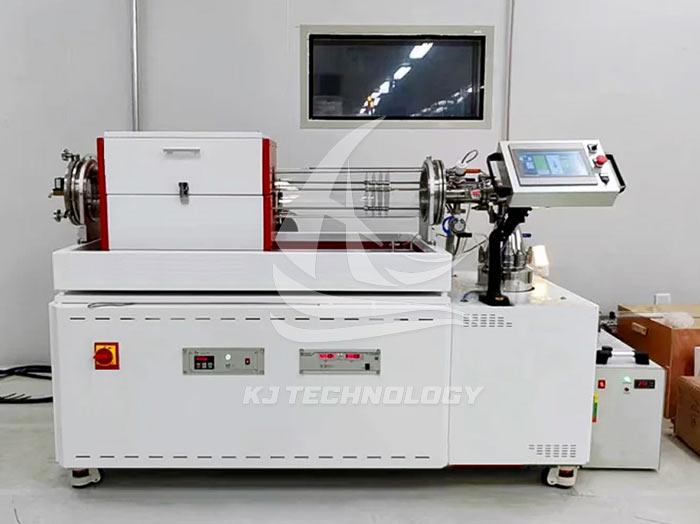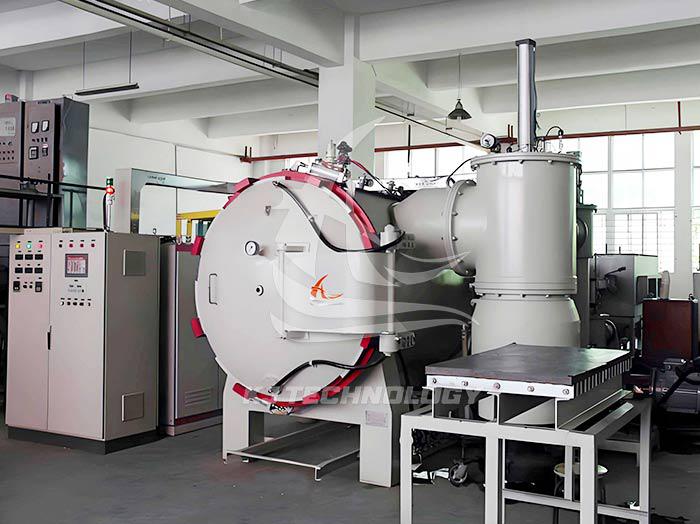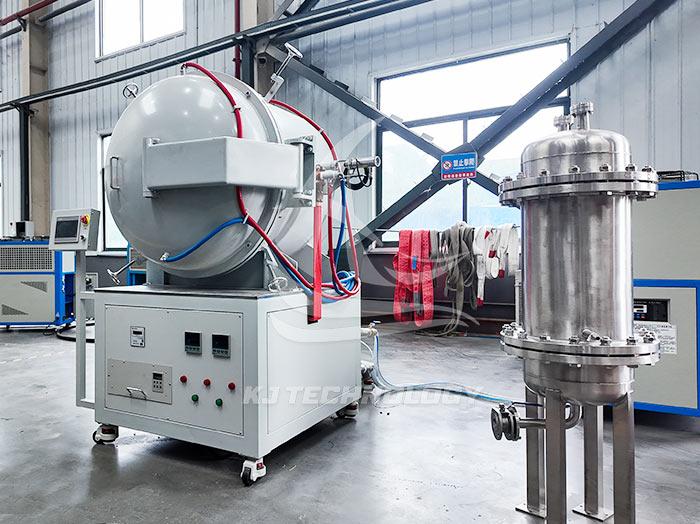What are the protective gases for vacuum annealing furnaces?
 05-15-2025 Author: KJ technology
05-15-2025 Author: KJ technology
The commonly used protective gases for vacuum annealing furnaces mainly include inert gases and reducing gases. The following is a specific introduction:
Inert gas
Nitrogen (N ₂):
Characteristics: Nitrogen is an inert gas that can effectively prevent oxidation reactions between oxygen in the external air and metals.
Application: Commonly used in annealing processes such as non-ferrous metals, alloy steels, and decarburization, and can also be used for bright annealing of stainless steel. However, at high temperatures, it may react with titanium to form TiN, so attention should be paid to material adaptability.
Argon (Ar):
Characteristics: Argon is also an inert gas with extremely high chemical stability.
Application: Suitable for annealing non-ferrous metals, stainless steel, and alloy steel, it can effectively prevent metal oxidation and ensure annealing quality.
Helium (He):
Characteristics: Helium is also an inert gas with excellent thermal conductivity.
Application: Can be used in annealing processes that require high thermal conductivity performance.
Reducing gas
Hydrogen (H ₂):
Characteristics: Hydrogen is a reducing gas that can undergo a reduction reaction with oxygen elements in metals, taking away oxygen elements from steel parts and achieving the goal of reducing iron oxide. The purity is usually required to be ≥ 99.999%, and the effect is significant in annealing magnetic materials and superhard materials.
Application: Commonly used for bright annealing of copper alloys (mixed with nitrogen gas, such as 95% nitrogen gas+5% hydrogen gas), as well as annealing of magnetic materials, which can significantly reduce coercivity and improve magnetic properties. However, hydrogen is flammable and explosive, and strict installation of hydrogen leak alarm system and explosion-proof device is required during use.








